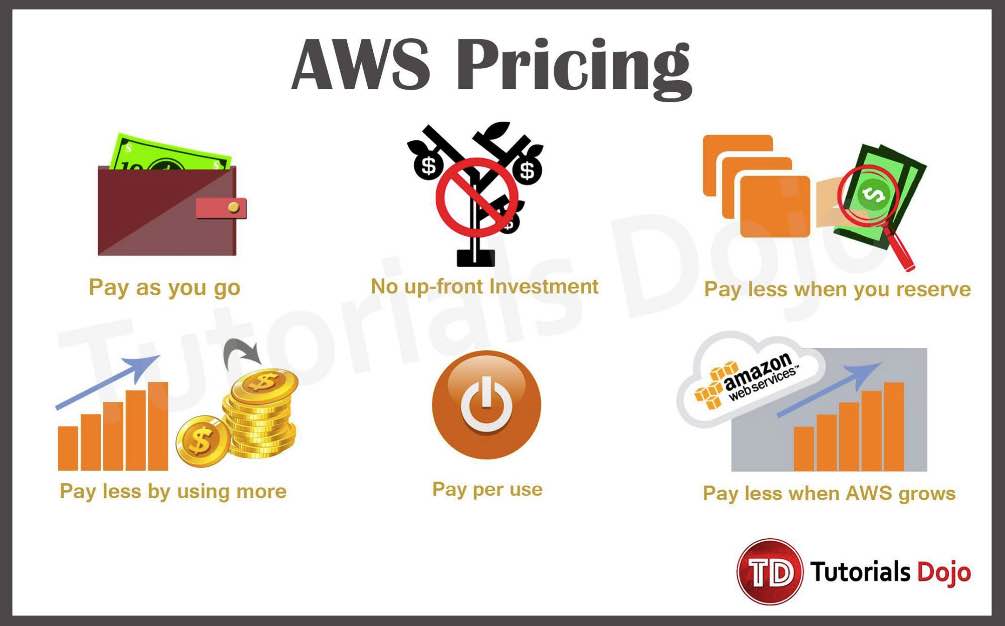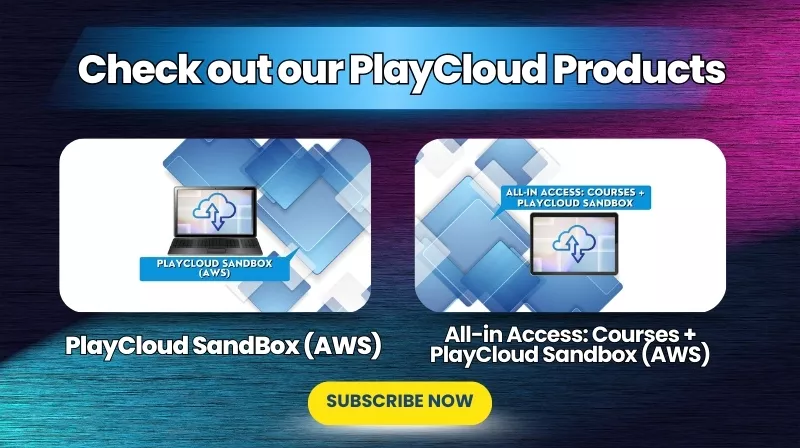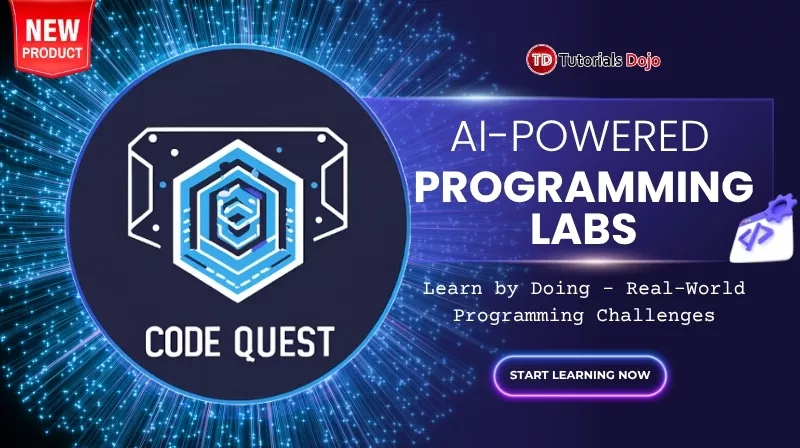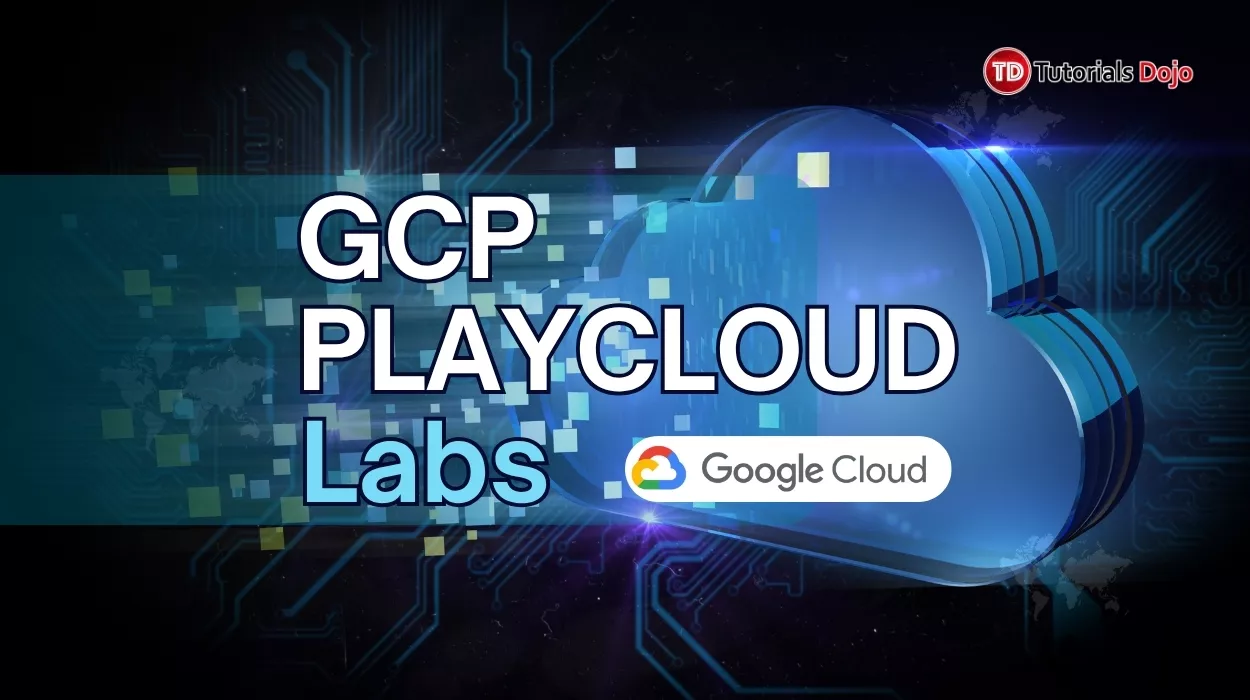Last updated on November 10, 2025
AWS Pricing Cheat Sheet
There are three fundamental drivers of cost with AWS:
- Compute: This refers to the cost of server time, typically billed by the second or hour. (e.g., EC2 instance runtime, Lambda function duration/requests).
- Storage: This refers to the cost of storing data in the cloud. (e.g., S3 storage in GB/month, EBS volume size).
- Outbound Data Transfer: This refers to the cost of data transferred out of an AWS Region to the internet.
- Data transfer into AWS is generally free.
- Data transfer between AWS services in the same Region is also generally free.
Core Pricing Principles
AWS pricing is built on a few core principles:
- Pay-as-you-go: You pay only for the individual services you need, for as long as you use them. There are no long-term contracts or complex licensing requirements.
-
Pay less when you reserve (Commitment Pricing): You can receive significant discounts by committing to a certain amount of usage (e.g., 1 or 3 years).
-
Pay less by using more (Volume Discounting): Many services (like Amazon S3 and data transfer) offer tiered pricing, so the per-unit cost decreases as your usage volume increases.
Pricing Models / Purchasing Options
- On-Demand:
- This is the default pay-as-you-go model. You pay for compute capacity by the hour or second with no long-term commitments. It is ideal for applications with short-term, spiky, or unpredictable workloads.
- Reserved Instances (RIs):
- For certain services, such as Amazon EC2, Amazon EMR, and Amazon RDS, you can invest in reserved capacity. With Reserved Instances, you can save up to 75% over equivalent on-demand capacity. When you buy Reserved Instances, the larger the upfront payment, the greater the discount.
- All Upfront: You pay for the entire Reserved Instance term with one upfront payment. This option provides you with the largest discount compared to On-Demand instance pricing.
- Partial Upfront: You make a low upfront payment and are then charged a discounted hourly rate for the instance for the duration of the Reserved Instance term.
- No Upfront: This option does not require any upfront payment and provides a discounted hourly rate for the duration of the term.
- AWS Savings Plans:
- This is a newer, more flexible commitment-based pricing model that provides discounts up to 72%.
- You commit to a consistent dollar amount of usage (e.g., $10/hour) for a 1- or 3-year term, rather than a specific instance type.
- Compute Savings Plans: The most flexible. They automatically apply to EC2, AWS Fargate, and AWS Lambda usage, regardless of instance family, size, or Region.
- EC2 Instance Savings Plans: Offer the highest savings but are less flexible. They apply only to a specific instance family in a chosen Region.
- Spot Instances:
- Allows you to use spare AWS compute capacity at up to a 90% discount compared to On-Demand prices.
- Ideal for fault-tolerant, stateless, or non-critical workloads, as AWS can reclaim the instance with a two-minute warning.
AWS Free Tier
For new accounts, the AWS Free Tier is available.
- 12 Months Free: Offers new AWS customers a free usage allowance for 12 months from the date the account was created. (e.g., 750 hours of EC2, 5GB of S3 storage).
- Always Free: These offers are available to all AWS customers without expiration. (e.g., 1 million Lambda requests/month, 10 custom CloudWatch metrics).
- Trials: Short-term free trials for specific services, starting from the time of first use.
Cost Management Tools
- AWS Pricing Calculator:
- A free tool that allows you to estimate your monthly AWS bill.
- You can estimate the cost of migrating your architecture to the cloud and find the lowest cost for your workload.
- AWS Cost Explorer:
- A free tool to visualize, understand, and manage your AWS costs and usage over time.
- It includes a default report for the top cost-incurring services and a forecast of your likely spend for the month.
- AWS Budgets:
- Allows you to set custom budgets (cost or usage) and receive alerts when actual or forecasted costs exceed your defined threshold.
- AWS Trusted Advisor:
- Provides real-time guidance to help you provision your resources following AWS best practices.
- The Cost Optimization pillar (available to all users) provides recommendations for eliminating unused or idle resources.
AWS Pricing Cheat Sheet Resources:
https://docs.aws.amazon.com/pdfs/whitepapers/latest/how-aws-pricing-works/how-aws-pricing-works.pdf
https://aws.amazon.com/pricing/
https://docs.aws.amazon.com/whitepapers/latest/how-aws-pricing-works/amazon-ec2.html


















